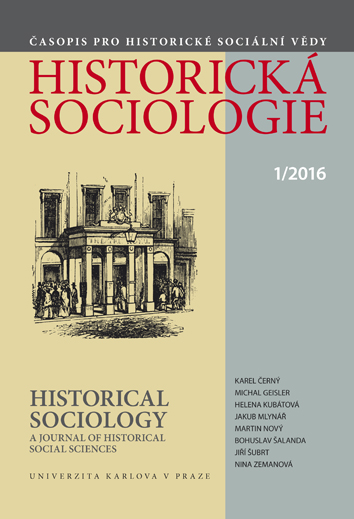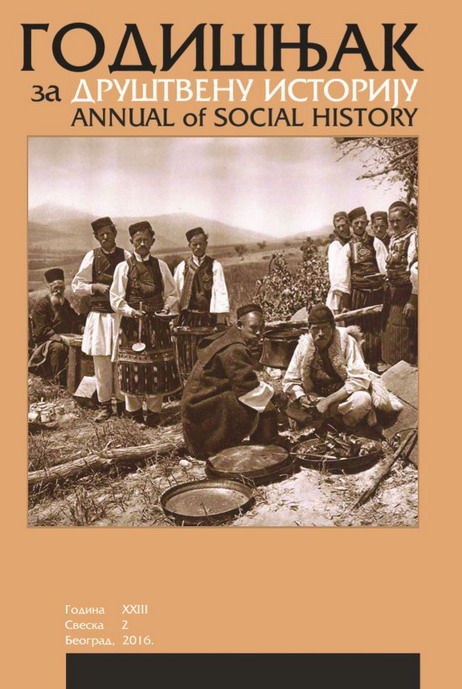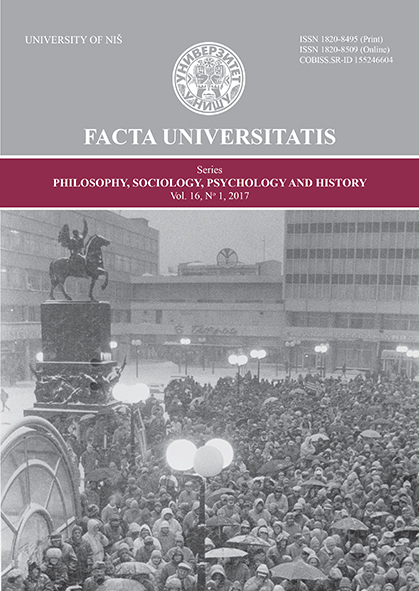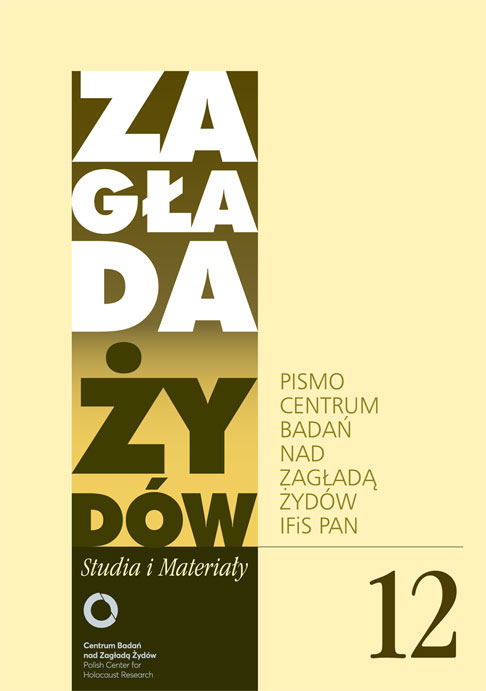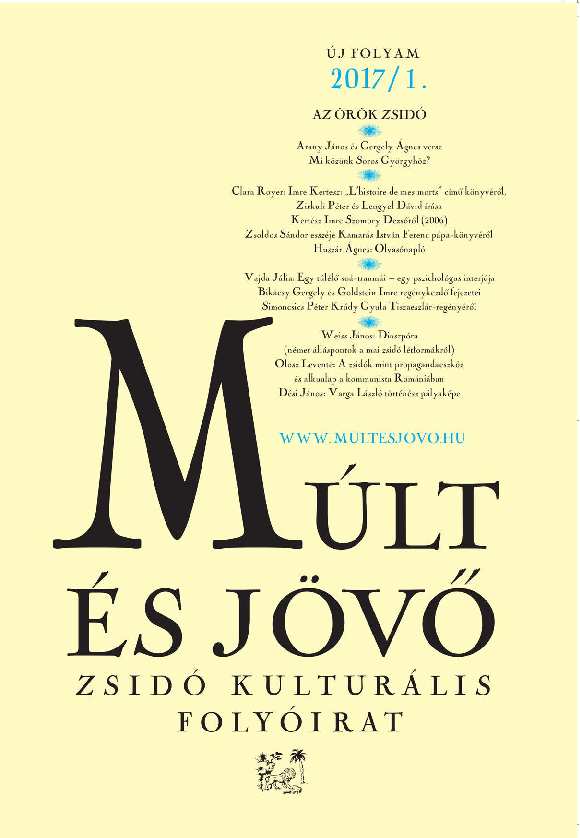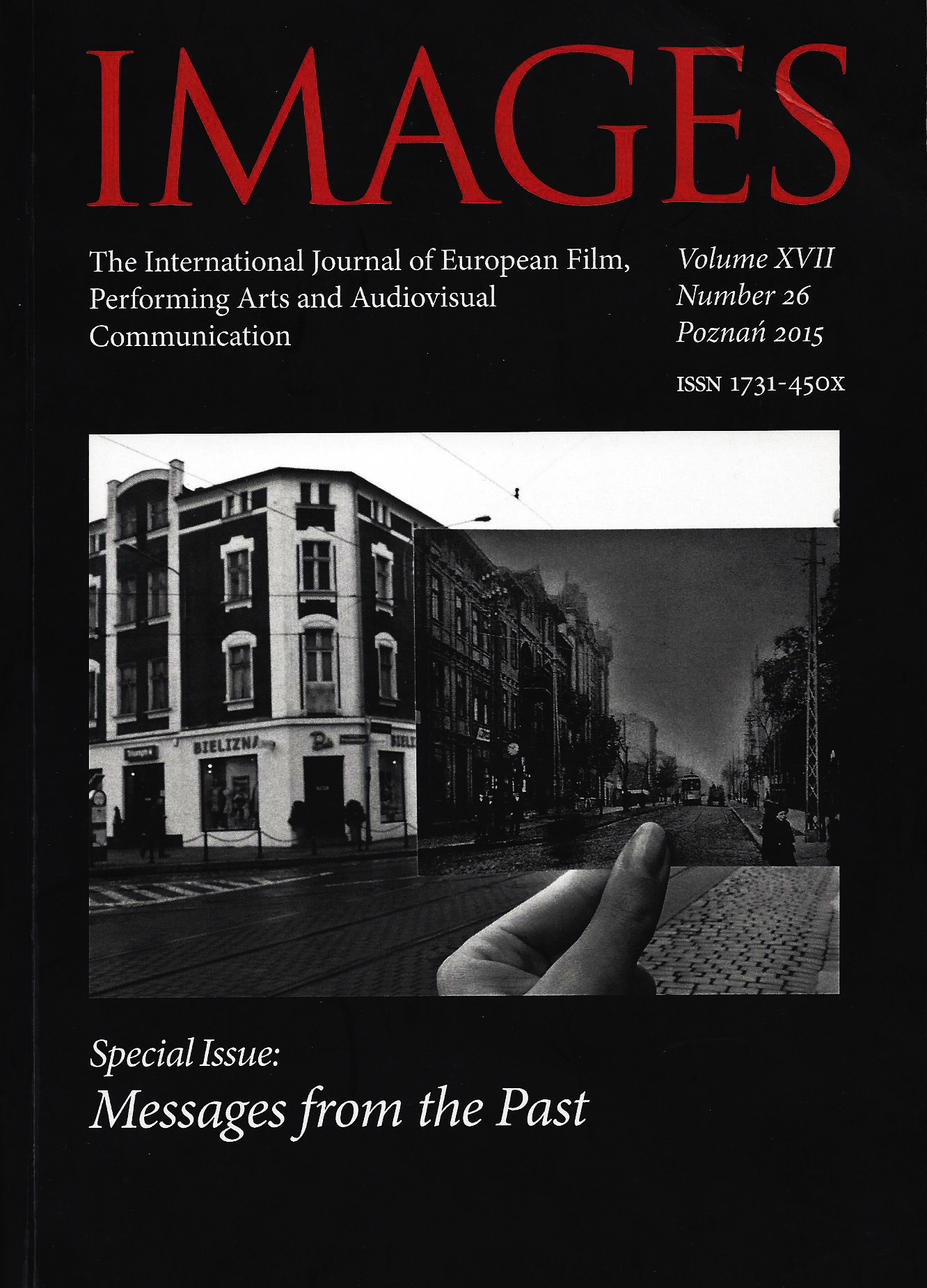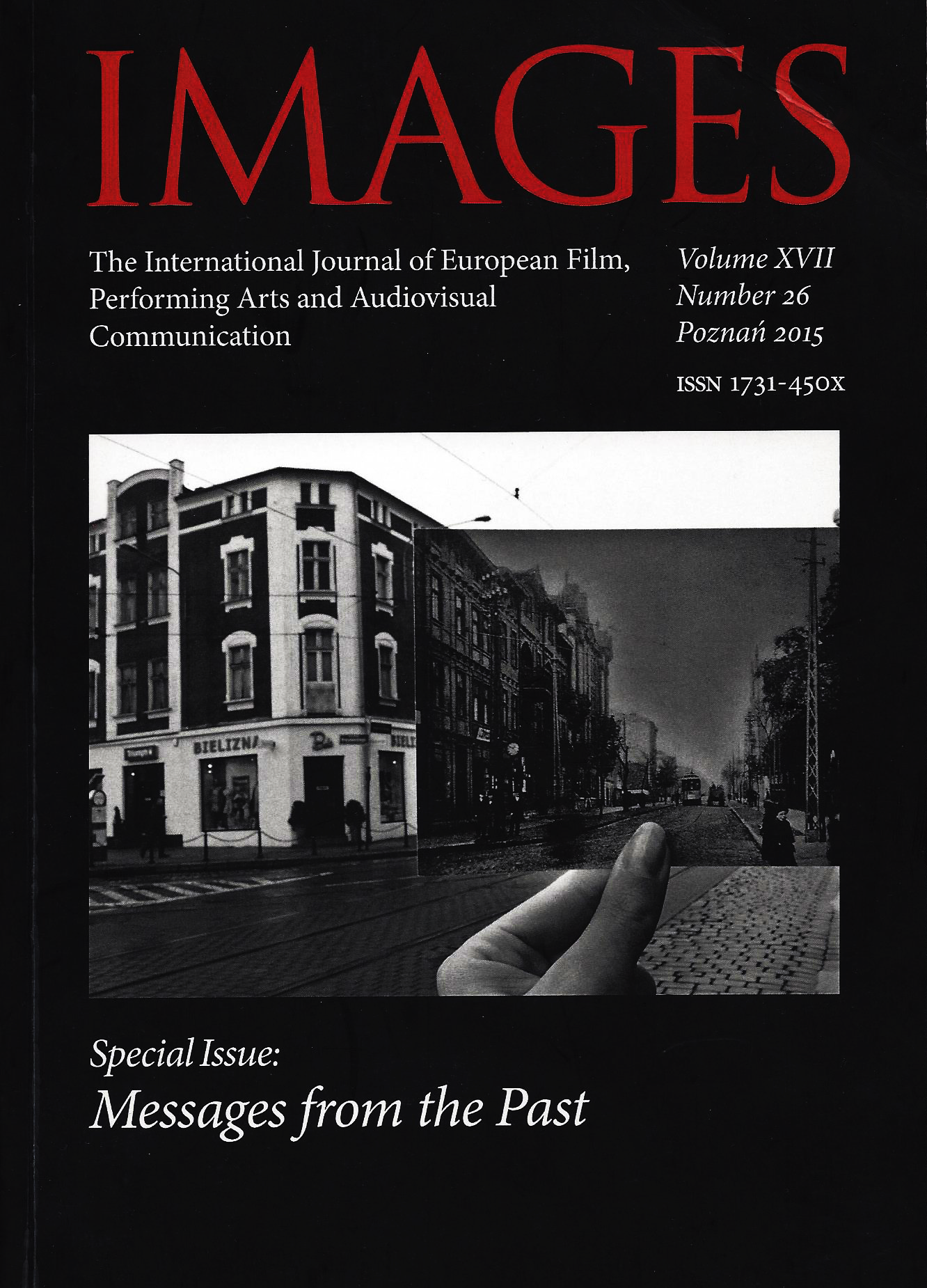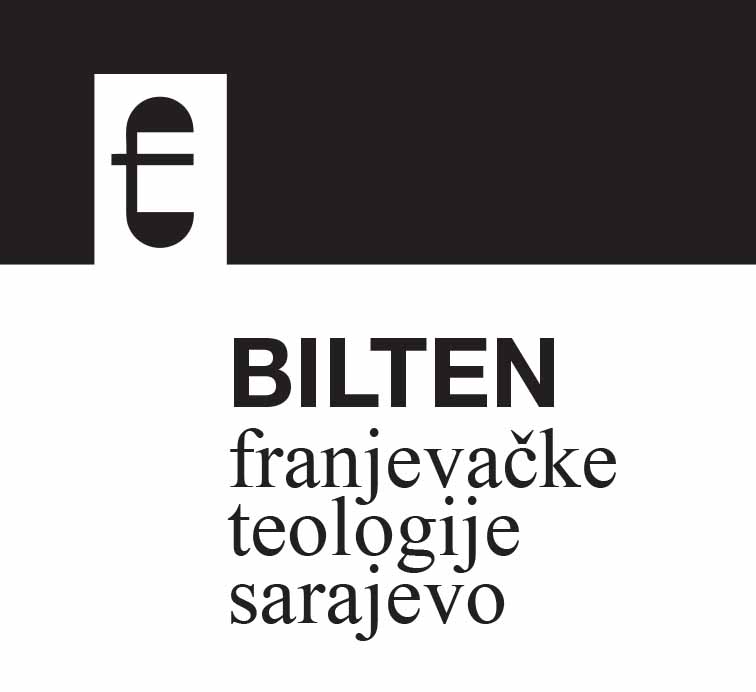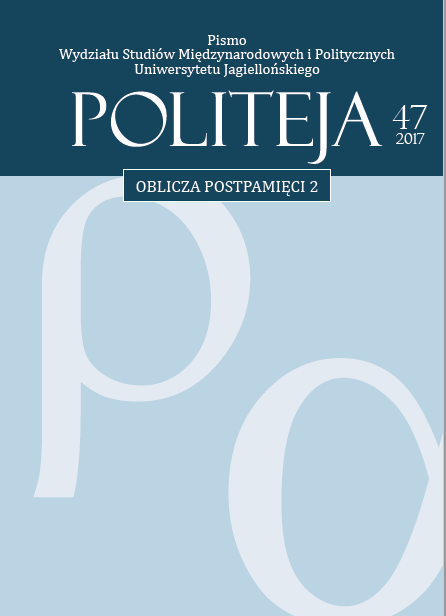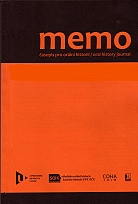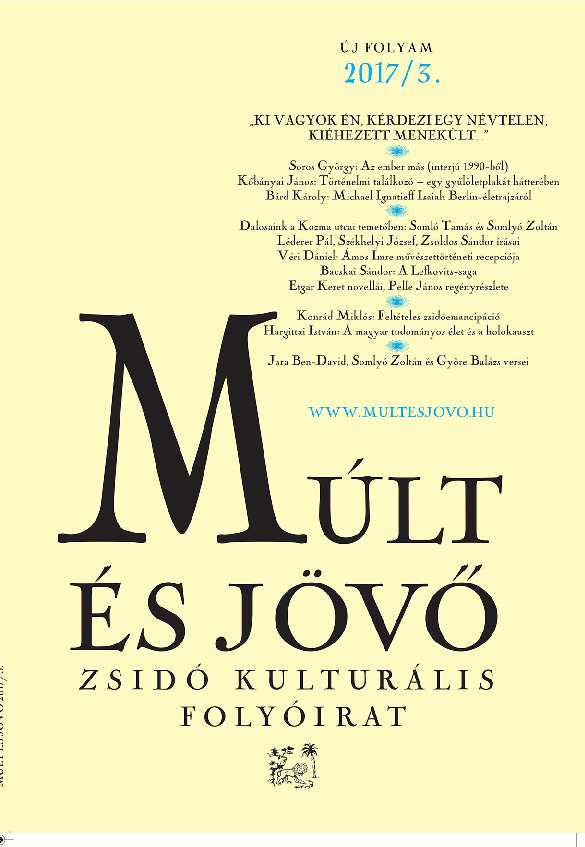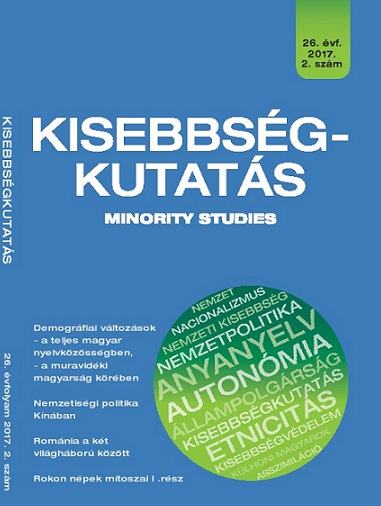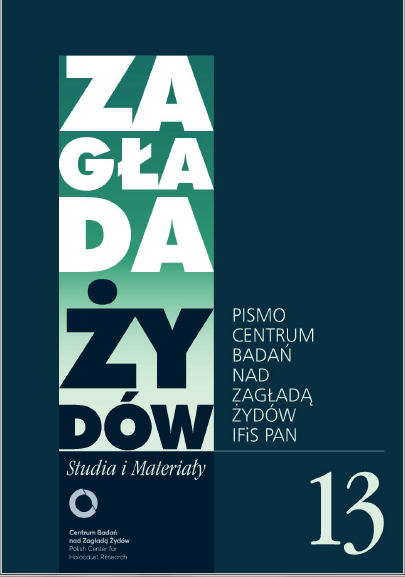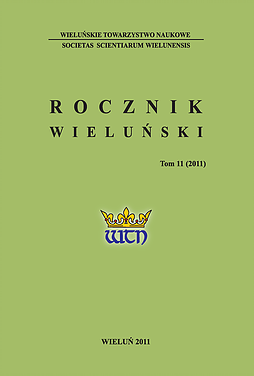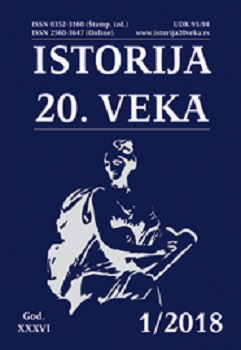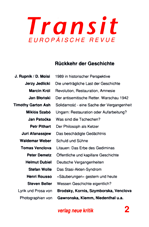
Der antisemitische Retter. Zu einem Aufruf polnischer Katholiken angesichts der Vernichtung im Warschauer Ghetto
Anfang August 1942, fast unmittelbar nach Beginn der Vernichtungsaktionen im Warschauer Ghetto, gab die sozial-erzieherisch orientierte katholische Geheimorganisation FOP (Front Odrodzenia Polski, Front der Wiedergeburt Polens) 5.000 Exemplare eines Flugblatts heraus, das den Titel »Protest« trug, erinnert sich Wladyslaw Bartoszewski. »Die Verfasserin, die begabte katholische Schriftstellerin Zofia Kossak-Szczucka, appellierte darin an Herz und Gewissen aller gottgläubigen Polen - auch jener, die bisher den Juden gegenüber eine ablehnende Haltung eingenommen hatten -, angesichts des Verbrechens aktiv Stellung zu beziehen [...] Der Protest der FOP fand beachtliche Resonanz bei der Bevölkerung.! Jener Protest ist indessen fast unbekannt, genauer gesagt: er wird nur selten und bruchstückhaft zitiert. Der Grund dafür wird vielleicht besser verständlich, wenn ich den Wortlaut hier wiedergebe….
More...
